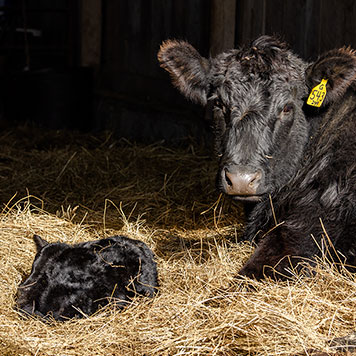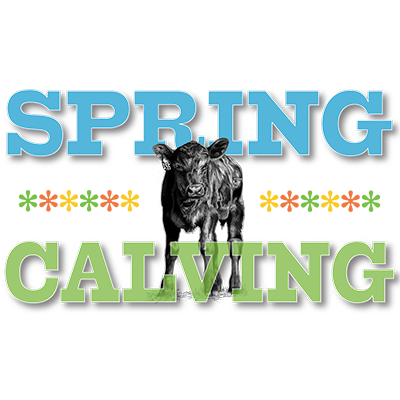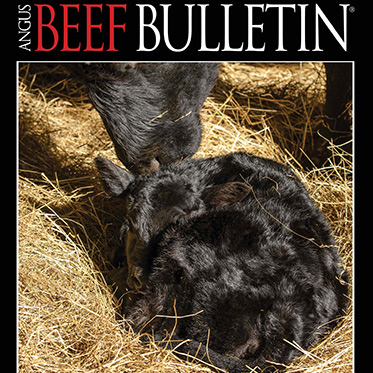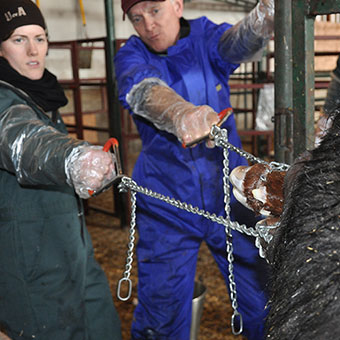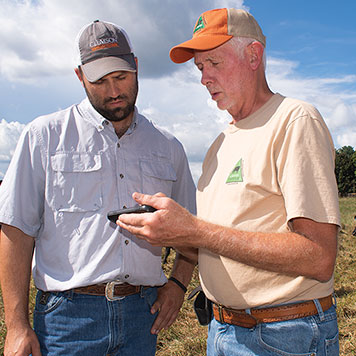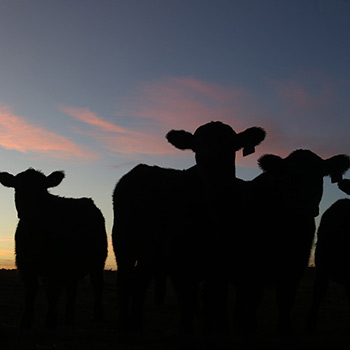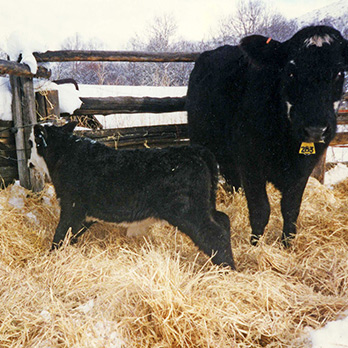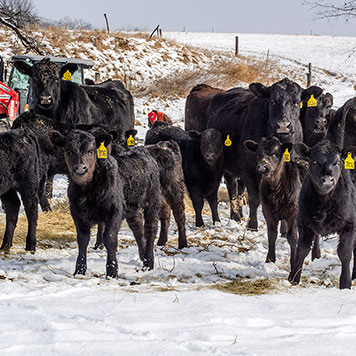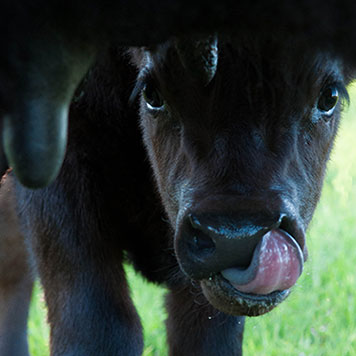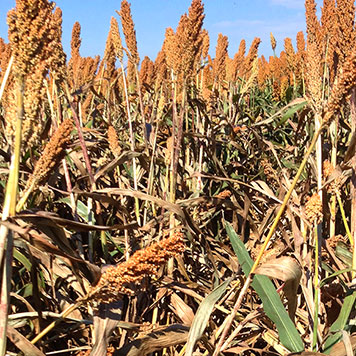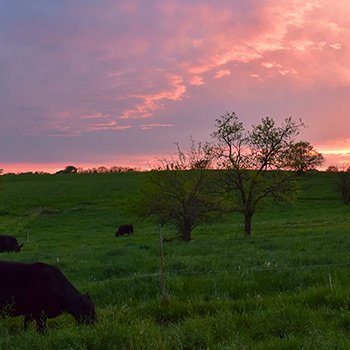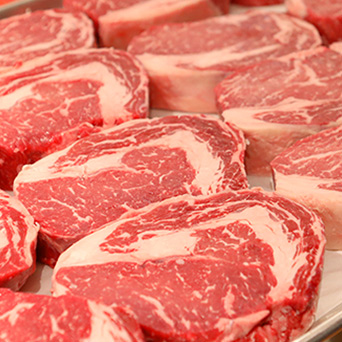
The Link
Marketing instead of selling.
Webster’s Dictionary defines “marketing” as the process or technique of promoting, selling and distributing a product.
Today, margins for cow-calf producers seem to be thinner than ever. That makes the question, “Am I doing all that I can to effectively market my cattle?” an important one.
Many producers simply sell their calves. Often, this is done at the most convenient location and at the most convenient time for them, thereby making the producer a price taker. Marketing would require decisions about how or what product to produce and where to market it. It gives the producer some control over the price they receive — developing an enhanced marketing plan is one of the least costly inputs on the ranch. It doesn’t require you to buy more cattle, lease new ground or manage your cattle any differently — it just helps put you in a position to get rewarded for what you have already been doing.
The first step to developing a marketing plan for your cattle is to better understand what a buyer is looking for. A buyer looks at many things to assess the value of any given set of calves. Ultimately, these things lead them to the price they are willing to give for them. Many of the things that impact this price cow-calf producers cannot control, but there are some we can. So, we will focus on the things we can control.
First, buyers look for uniform sets of calves that have received an adequate health and nutrition program. In addition, buyers prefer calves that have been weaned a minimum of 45 days. All of these things work toward a common goal of reducing stress from shipping, improving the immune system and boosting their postweaning performance.
Secondly, commercial producers have many market outlets from which to choose. No one system fits every producer’s needs. Having a truckload lot (approximately 48,000 pounds) of cattle will allow more marketing flexibility and generally results in higher prices. Regardless of herd size, a producer can capture some of these benefits by having a short, defined breeding season to maximize uniformity.
Let’s look at some of the most common ways producers can sell their calves.
Livestock auctions are a common and convenient way to market your cattle. They offer competitive bidding, prompt cash payment and require no minimum number of cattle. However, the seller has little control of price, excessive stress and shrinkage may occur, and it may be difficult to establish a reputation for selling high-quality, well-performing livestock. A producer can have some influence on the price by communicating with the auction operator prior to delivering your cattle. Many operators are willing to help present your cattle in the best light possible.
Video auctions provide exposure to the largest number of potential buyers. They enable direct buyer-to-seller transportation, reducing stress which minimizes health risks. Delivery schedules are flexible. For instance, cattle can be sold in March for May delivery. However, a producer must have truckload lots to participate.
Private treaty is an increasingly common method of marketing cattle because many buyers prefer to have their calves conditioned to certain specifications. Some of the advantages of selling private treaty are that the seller controls the marketing process, a producer can establish a reputation and relationship with a feeder, calves are less stressed, and costs are minimal. Private treaty marketing does require more market homework and is not supervised by the federal government so the producer assumes the risk of payment collection.
While not often considered a marketing option, retained ownership is an avenue to be considered for the producer who wants a greater return for value-added management and the use of superior genetics. By retaining a portion of ownership, many times as low as 25%, a producer can receive carcass and feed performance data back that can be utilized in future decisions. The producer is exposed to greater market risk and postponement of revenue. Many feeders welcome the opportunity to partner with a producer and develop a long-term relationship.
Ultimately, however you decide to market your cattle, the more information a buyer knows about your calves — specifically in regard to their potential to perform and your management practices — the more comfortable they are bidding on your calves. It does not take a rocket scientist to understand that more people interested in your cattle means more bidders. More bids turn into more dollars for you.
The American Angus Association has several solutions to help commercial producers enhance the marketability of their cattle, including AngusSource®, Angus LinkSM, Angus Black Book App, GeneMax® and others. To learn more, go to www.angus.org and explore the “Commercial” tab.
Editor’s note: Casey Cobb is an Angus Link field representative and can be reached by email.
